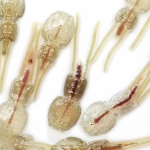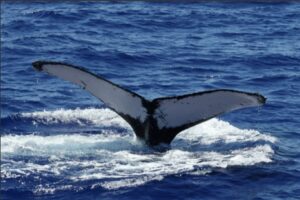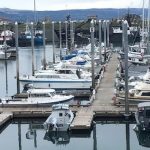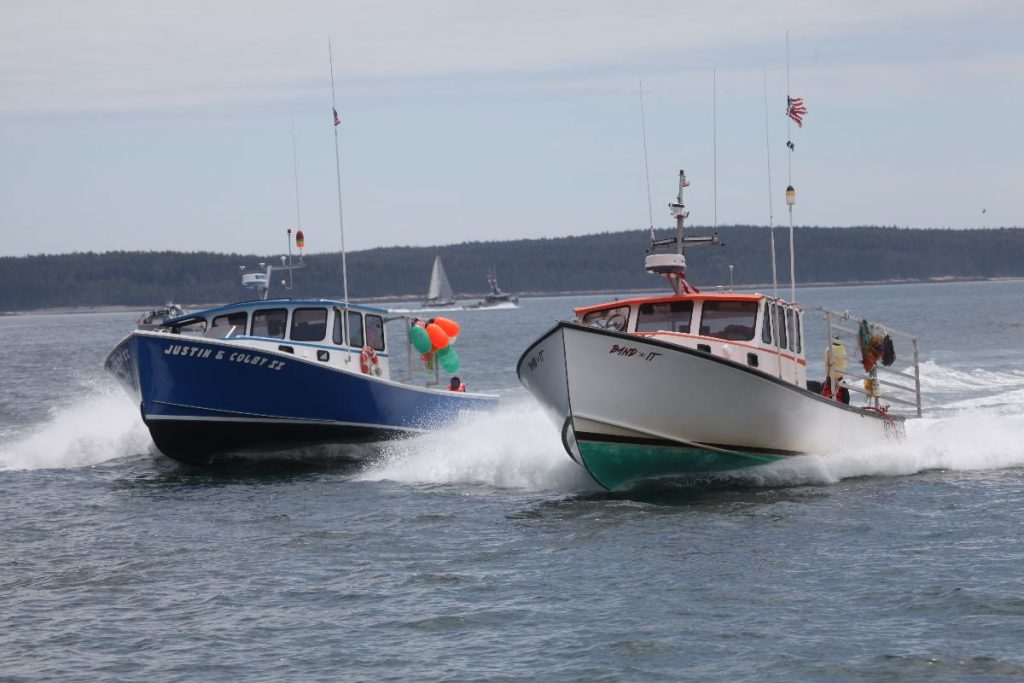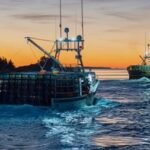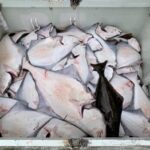Daily Archives: February 21, 2019
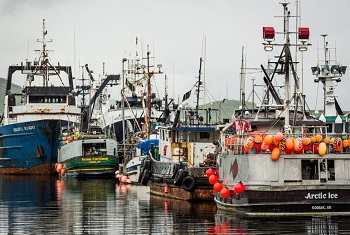
Alaska fishing communities would take hit under Dunleavy proposal to end fish tax revenue-sharing
Gov. Mike Dunleavy proposed legislation this week that would keep commercial fish tax revenue that has for years been shared with Alaska fishing communities in the state’s coffers instead, a move that mayors in some of those cities say would be devastating.At play are two taxes: Alaska’s fisheries business tax, and the fishery resource landing tax. Dunleavy’s legislation would repeal the fisheries business tax allocation to municipalities and repeal revenue sharing for the fishery resource landing tax. Those shared funds go to local governments in communities where fish processing and landings occur. >click to read<22:53
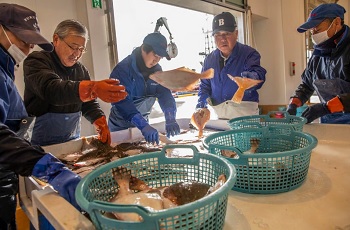
Eight years after Fukushima’s meltdown, the land is recovering, but public trust is not
Eight years after an earthquake, tsunami and one of the most severe nuclear accidents in history, the Japanese prefecture of Fukushima is getting back on its feet. Officials say the area’s fruits and vegetables are fine to eat. So is the catch from the Fukushima fishing boats. Radiation levels in the prefecture’s capital city, Fukushima, are comparable to the super-safe readings in places such as Hong Kong and London, monitors say. And a massive decontamination effort is still underway. But facts and spreadsheets supplied by the government are one thing. Rebuilding trust among locals may be significantly harder, thanks to a culture of coverups and denials that contributed to the nuclear accident and continues to dog Japan’s efforts to restart its nuclear industry,.. >click to read<21:22
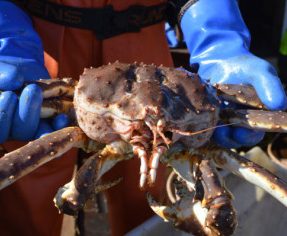
State of Crabbing in Norton Sound: Less Sea Ice, Fewer Crabs — and Fewer Crabbers
The commercial quota for winter Norton Sound crabbers this season is just over 12,000 pounds: less than half of the amount last winter, and about a third of the 2017 quota. The 150,600-pound quota for the year is broken down into 8% for winter, 7.5% for subsistence, and the remainder is for summer. That equals 12,048 lbs. for commercial and 11,295 lbs. for subsistence or CDQ fishery. Justin Leon, the assistant area management biologist for the Arctic area, based in Nome, explains the decrease has a lot to do with the latest trawl survey results from the Norton Sound. >click to read<19:34
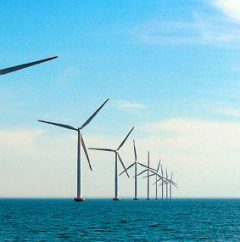
New Video Shows Impacts of Offshore Wind On U.K. Fishermen
A new video, Winds of Change, released today by the Fisheries Survival Fund (FSF), documents how the arrival of offshore wind blindsided U.K. fishermen, and how the wind farms have permanently changed their traditional fishing grounds and how they make their livelihoods. Last year, two members of FSF traveled to the United Kingdom to learn how fishermen in Ramsgate, England and Aberdeen, Scotland have been impacted by offshore wind development. Those lessons are documented in Winds of Change. “As offshore wind moves forward here in the U.S., it’s essential that it’s able to co-exist with the fishing communities that have depended on these waters for generations,” said Andrew Minkiewicz, an attorney for FSF. “We must learn from the experiences of European fishermen if we want to avoid the same pitfalls and make the best decisions for American fishermen and offshore wind developers.” >click to read<19:14
Winds of Change – >click to watch<
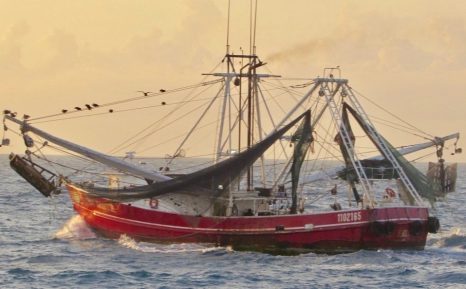
Coast Guard, NOAA terminate voyage for illegal fishing in Tortugas Ecological Reserve
The Coast Guard and National Oceanic and Atmospheric Administration terminated the voyage of the 83-foot commercial fishing vessel, Lady Kristie, with three people aboard Thursday after discovering multiple violations near Tortugas Ecological Reserve. Fishing in an ecological reserve violates NOAA regulations. At approximately 12:30 a.m. the Coast Guard Cutter Isaac Mayo (WPC-1112) crew detected the Lady Kristie within a protected area. >click to read<17:08

A return to sea – Crab fishermen thread storms to bring home the catch
The anticipation of pain is often worse than the pain itself. I should know this; I’ve been here before. Working for Tony Pettis and other Newport crab skippers for over a decade, I’ve had plenty of chances to listen to the howl of wind and marinate in my own anxious brine, full of questions — the chief ones being, “are we really going to leave into this weather, and can I keep my lunch down?” I should have had enough practice in just letting things be, but it’s hard. >click to read<16:37
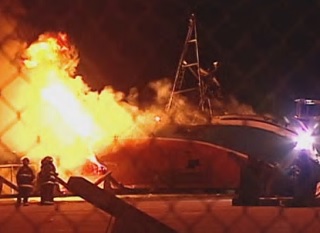
Fish processor testifies against RCMP over Shippagan riots that destroyed his plant
A Moncton court has begun hearing a lawsuit against the RCMP that alleges the force didn’t do its job during the 2003 riots in Shippagan that destroyed the Daley Brothers fish plant and warehouse, several crab fishing boats and hundreds of traps. Hundreds of angry fishermen from the Acadian Peninsula descended on Shippagan in May 2003 to protest against the federal government’s move to reduce their crab quotas to recognize First Nations’ right to live off fishing. >click to read<14:47
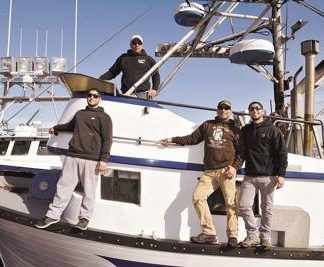
Monterey Bay fishermen catch salmon as far away as Alaska. A proposed copper mine there poses a local threat.
Tom DiMaggio is 96 years old and blessed with a full head neatly combed white hair and a warm handshake. A fisherman for his whole career, he’s been retired for over 20 years and remains a vibrant member of the fishing community – only these days, the community is far from the dock and instead gathers at the East Village Coffee Lounge in Monterey to while away weekday mornings, sipping espresso and swapping stories.,,Commercial fishing is an unpredictable profession in many ways, though the two greatest uncertainties are how many fish are caught and how much those fish sell for. The nature of the job means many fishermen want to surround themselves with a crew they can trust, which often means family. Ask the East Village table of old-school fishermen how they got started, and they all have a similar answer:, >click to read<14:00
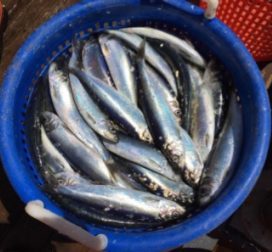
Maine’s lobster industry braces for ‘catastrophic’ cuts to bait fish catch
For the second year in a row, federal regulators have dramatically reduced the amount of Atlantic herring fishermen can haul after scientists counted far fewer juvenile Atlantic herring in the waters from Canada to New Jersey. While determining that Atlantic herring, the chief bait used by lobstermen, is not overfished, the National Oceanic and Atmospheric Administration said “recruitment” — the number of juvenile herring — is so low that on Friday they finalized a rule reducing by more than half the amount of Atlantic herring that fishermen may catch in 2019, from 50,000 metric tons to 21,000 metric tons. >click to read<12:14

































